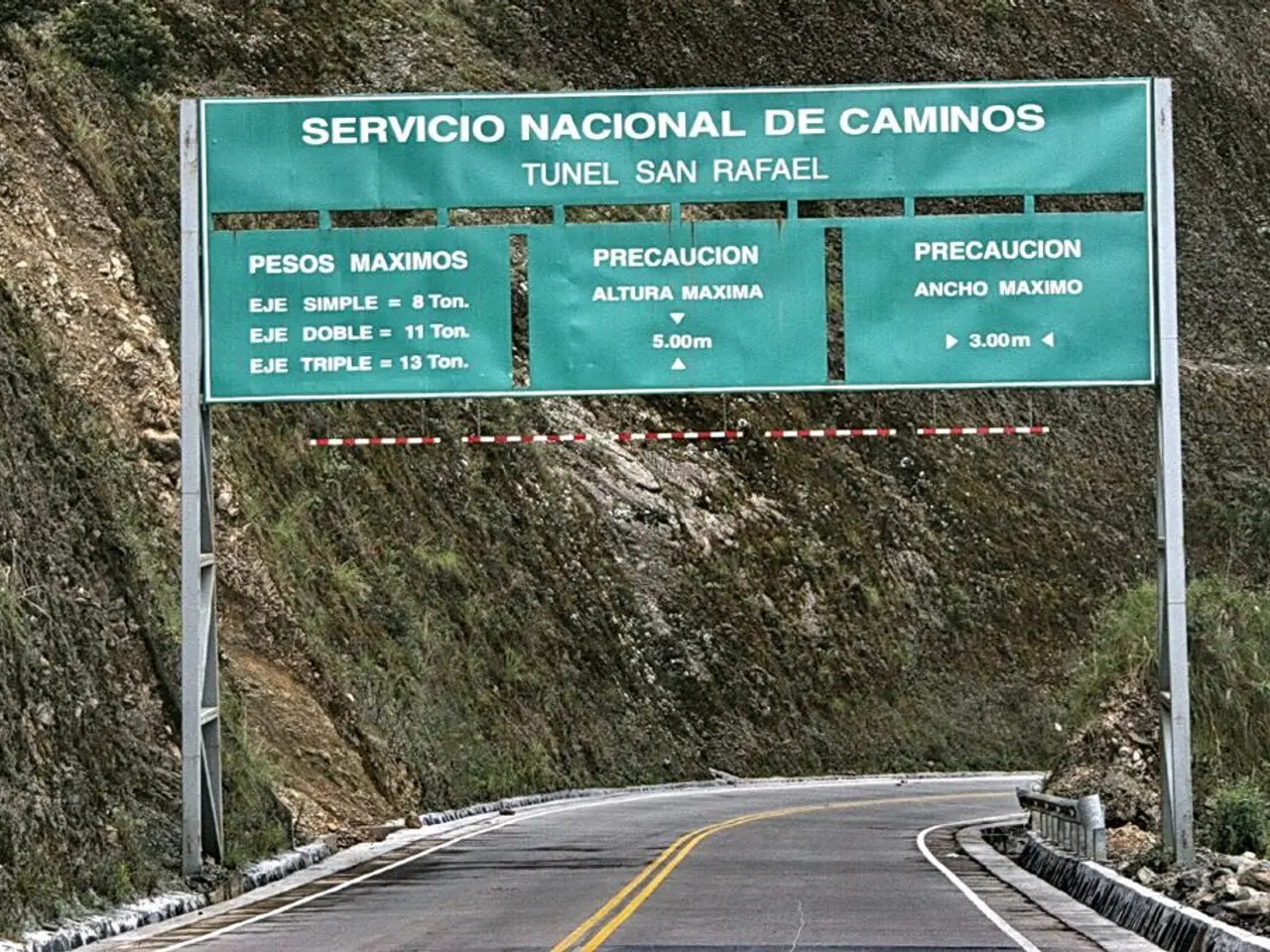Temperature in Japan hits a new high of 107.24 degrees Fahrenheit
=========================================================================================
Climate change is causing a significant shift in weather patterns across Asia, with Japan, South Korea, and Vietnam experiencing increased climate extremes.
In Japan and South Korea, the rise in heat extremes and prolonged heatwaves is becoming a worrying trend. The number of very hot days is increasing, while cold days are decreasing. This shift poses a growing challenge to infrastructure and public health, as both countries grapple with the heat.
Japan's cities, including Kyoto, have seen record-breaking temperatures. Last week, the mercury in Kyoto hit 40C, a record for any of its observation points. Similarly, the temperature in Isesaki, Japan, surpassed the previous record in the Hyogo region of 41.2C on Tuesday. The summer of 2021 was the joint hottest on record for Japan, with July 2021 being the hottest since records began in 1898, with an average monthly temperature 2.89C above the 1991-2020 average.
The elderly population in Japan, which has the world's second-oldest population, is particularly at risk during heatwaves. Every summer, Japanese officials urge the public to seek shelter in air-conditioned rooms to avoid heatstroke. Sadly, last month, 38,608 people were treated in Japanese hospitals for heatstroke.
In addition to the heat, Japan is also facing intense rainfall events and typhoons, which are becoming stronger and more destructive. The rainy season ended about three weeks earlier than usual in western regions of Japan, and some dams and paddies nationwide are experiencing a water shortage due to the sizzling heat and lack of rain.
South Korea has also been experiencing extreme heat. Blistering heatwaves have hit the country, with an average temperature of 27.1C in July 2021, making it the second-hottest July since data collection began in 1973.
Meanwhile, Vietnam, as part of Southeast Asia, is affected by the changing Asian monsoon system. The country is expecting a hotter and more unpredictable monsoon season, including increased rainfall. In northern Vietnam, 17 places across seven provinces reported record highs for the month of August. The capital Hanoi experienced its first-ever August day above 40C on Monday.
The warming sea surface temperatures around Asia, particularly in the tropical Pacific and Indian Oceans, modulate these monsoonal changes. Currently, the El Niño-Southern Oscillation state for mid-2025 indicates a neutral state, which can influence monsoon variability.
Experts warn that these trends exacerbate heatwaves, flooding, and storm impacts, consistent with global observations of intensified regional climate extremes in Asia. The changing climate is raising flood risks and agricultural impacts in Vietnam, and experts are concerned about the impact on the country's famous cherry trees, which may be blooming earlier or not fully blossoming due to the warmer climate.
Dangerous weather in western Europe in June made the temperature up to 4C hotter, pushing the thermometer into deadly territory for thousands of vulnerable people. Firefighters battled blazes across Turkey, Bulgaria, Greece, and Portugal in July following a deadly heatwave.
As the world grapples with the effects of climate change, it is clear that Asia, with its diverse climate and population, is not immune to these challenges. It is crucial for governments, businesses, and individuals to take action to mitigate the impact of climate change and adapt to the changing weather patterns.
- In the face of these extreme weather conditions, the intersection of arts and environmental-science could provide a platform for raising climate change awareness in Asia.
- The rise in climate-change-induced weather challenges, such as heat waves and typhoons, necessitates the application of science to develop more resilient infrastructure in Japan and South Korea.
- As climate change affects weather patterns in various ways, understanding the science behind it becomes crucial for Vietnam to predict and prepare for a hotter, more unpredictable monsoon season.








